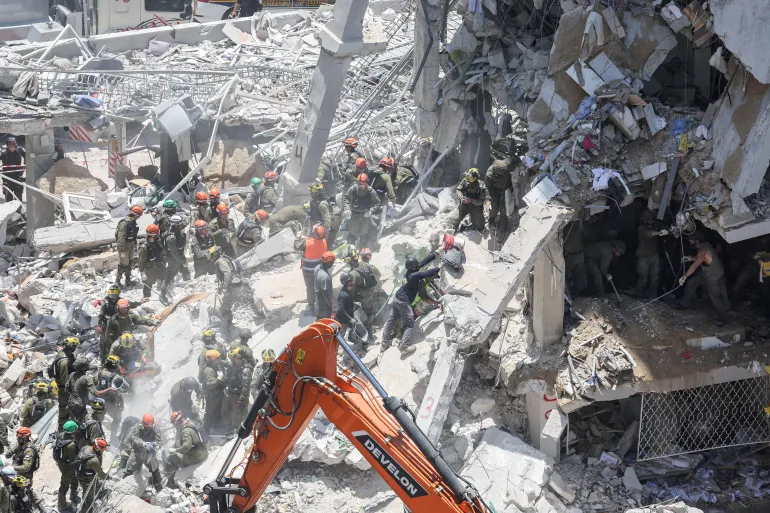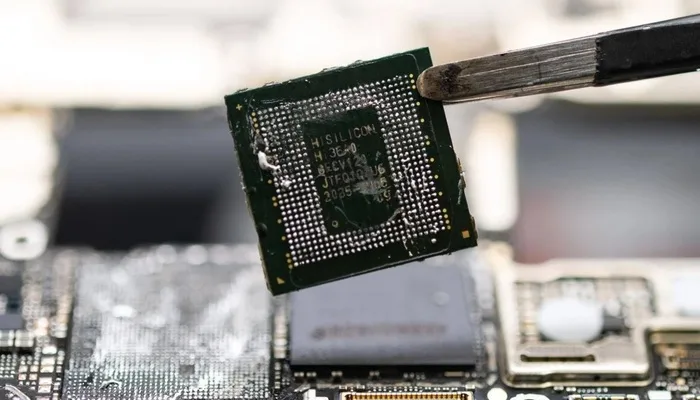
China has responded forcefully to President Donald Trump’s latest move in the escalating trade war by imposing a sweeping 84% tariff on all U.S. goods, just hours after Trump’s new “Liberation Day” tariffs went into effect. With the U.S.-China tariffs reaching unprecedented levels, markets around the world took a hit, and fears of a global economic slowdown deepened.
Beijing Strikes Back
At noon Thursday, Beijing time, China’s retaliatory tariffs officially took hold. The decision more than doubles the 34% tariff China had previously imposed and affects all American products entering the Chinese market. The response came swiftly after Trump enacted his new tariff policy, which raised U.S. duties on all imports from China to a staggering 104%.
China’s State Council, in a strongly worded statement, criticized the move as “a mistake upon a mistake.” It warned that the U.S. escalation would be met with continued and firm retaliation.
Read: Global Trade War Intensifies as China Strikes Back With 84% Tariffs on US Goods
Global Markets React
The impact was immediate. Stock markets in Asia closed in the red, with investor confidence shaken by the deepening standoff between the world’s two largest economies. European markets followed suit, declining ahead of a European Union decision to authorize retaliatory tariffs on U.S. steel.
As the tariffs took effect across 86 countries, the global economy braced for more instability. The sudden trade restrictions added fresh uncertainty to an already fragile recovery in many economies, sparking concerns about supply chain disruptions, inflationary pressures, and weakening consumer demand.
Trump Signals More Tariffs Coming
Trump, however, remained unapologetic. Speaking on Tuesday, he signaled that more aggressive trade actions were on the way — including major tariffs on pharmaceutical imports in the near future. The former president claimed his policies were forcing countries to come to the negotiating table. “They’re all kissing my ass to make deals,” he declared.
His comments suggest the U.S. is not yet finished using tariffs as leverage, even as global opposition to his tactics mounts. The “Liberation Day” tariffs, which kicked in at 12:01 a.m. Eastern time on Wednesday, now apply to a wide range of goods, raising costs for businesses and consumers alike.
Room for Dialogue?
Despite its aggressive posture, China has indicated it is not entirely closing the door on negotiations. Officials in Beijing emphasized that while China would defend its economic interests, they remained open to “constructive dialogue” with Washington.
Analysts say this signals a possible window for de-escalation — but with both sides entrenched, any breakthrough will require significant compromise.
Follow us on Google News, Instagram, YouTube, Facebook,Whats App, and TikTok for latest updates











